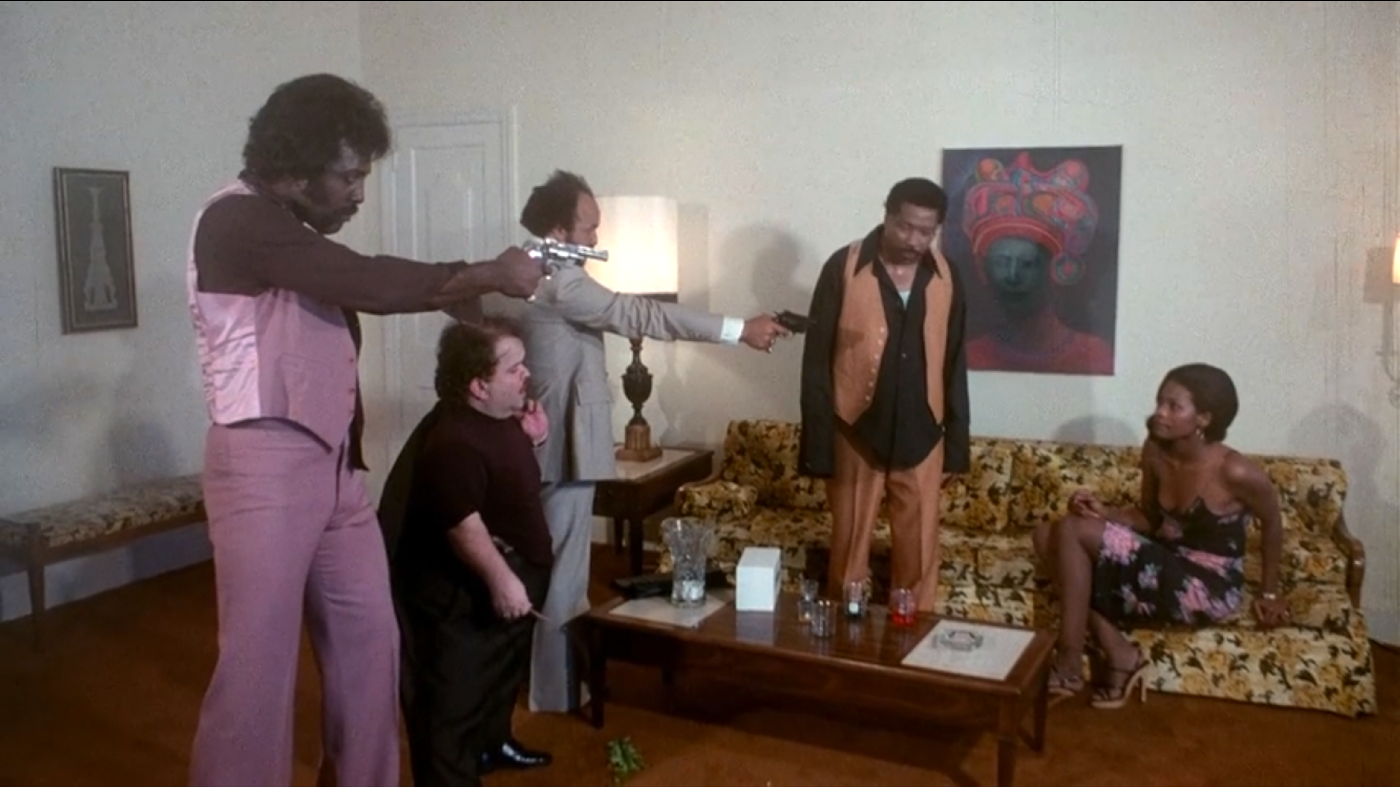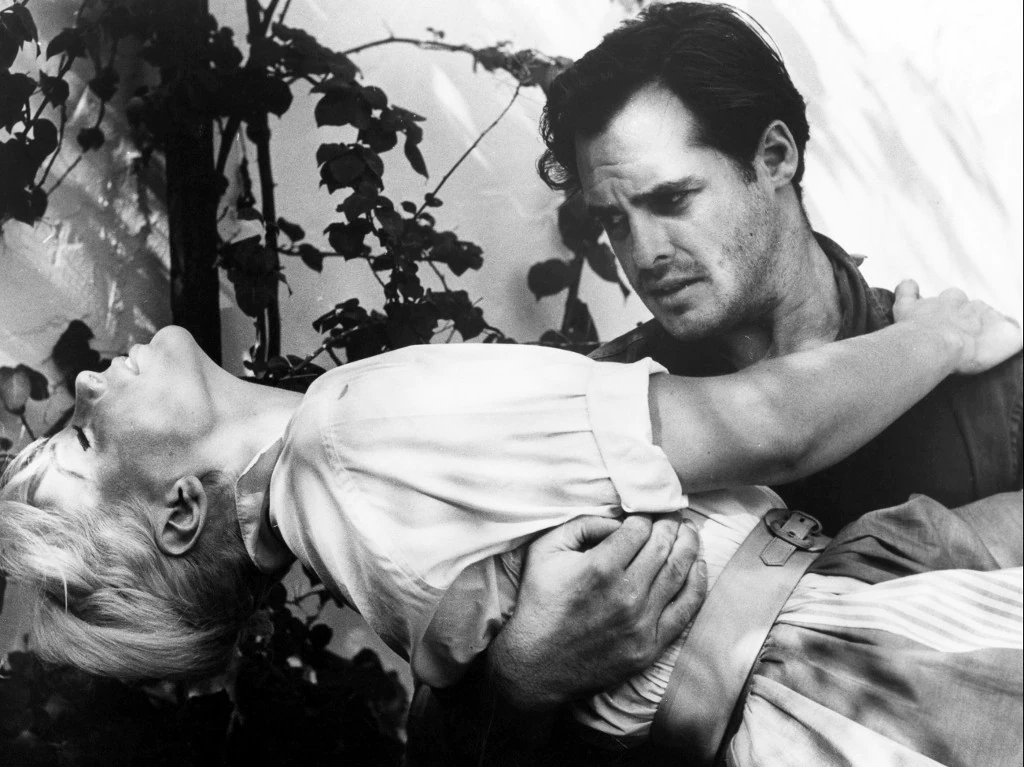
Ken Burns and his daughter Sarah made The Central Park Five in 2012. It was a sober, unsensationalized documentary intended to relay an objective point of view. No documentary can truly be objective, but The Central Park Five does try to stick to the facts. The Burnses were unable to get interviews or statements from the police or prosecution, so there are no voices to defend or explain the city’s side of the story. This results in the documentary being unavoidably one-sided, but the city's unwillingness to present their side is a statement in and of itself.
Ava DuVernay’s When They See Us, made in 2019, is not a documentary, but a scripted dramatization. For many, this would disqualify it as an objective source of information, but it isn’t so simple. Watching DuVernay’s film is a deeply emotional experience. It connects you to the events in a way that the Burns film cannot.
The Burns film presents rational information, whereas DuVernay's film presents emotional information. Of course, neither one is completely rational or emotional, but one is trying to be objective and the other is "dramatizing" the information; “drama” meaning inserting emotion.
If you had to recommend only one film to someone who knew nothing about the events of 1989, it seems appropriate to choose the documentary which seems more “informational", but emotional information is also important.
Even in a court of law, both kinds of information are presented. You cannot understand all of the events that transpired on the night of April 19th in Central Park without feeling some of the emotions involved. The emotions of the participants and your own emotional reactions are critical in being able to grasp the reality of what happened.
At the trial, Patricia Meili, the victim, was brought into the courtroom. She had absolutely no memory of the events and could contribute nothing factual, but the prosecution was permitted to present her as a means of driving home the reality of what happened. Some might accuse the prosecution of deliberately trying to bias the jury, which I suppose is true, and I'm not sure if I would have allowed it if I were the judge. However, how can anyone understand what happened without experiencing some empathy? Empathy allows us to inhabit the minds of the people involved. It allows us to judge the veracity of their statements.

If a juror heard the whole story and was unmoved, we might be worried that they didn't fully understand what happened. An emotional response is evidence of your comprehension.
Watching When They See Us is painful, which DuVernay almost certainly intended. Watching The Central Park Five is uncomfortable, and perhaps even painful at times, but it is less moving. It is likely that Burns and DuVernay had very similar intentions in making their films. They both wanted to convey what happened and move the viewer to sympathize with the boys. They wanted the audience to be outraged by the judicial system. If we use this goal as the measure of success, DuVernay’s film is a stronger film. If the intention is to motivate people to support judicial reform, again, DuVernay’s film would come in first.
If the goal is to provide information, DuVernay's film can't be trusted. Even when she explains the research and interviews that went into it, we can't trust what we see. It isn't real. Even if every word were true, the intonation of the actors is enough to deeply alter the truth of what happened.
Humans are far more emotional than rational. The limbic system in our brains is a much earlier evolutionary development than our cerebral cortexes. We often like to tell ourselves that we make decisions based on reason, but that is not the case. Regardless of our ability or inability to be objective, the separation of information into objective and subjective cannot be divided along clear cut lines.




